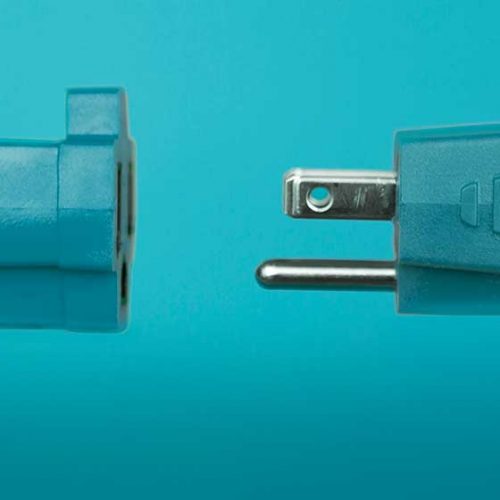
RMI Outlet
Plug Into New Ideas

Talking Small Building Retrofit Finance
What exactly is a ‘zombie building’? “Toadstools?” Or M&V? What’s a roof pack and what’s a RTU? Each of these questions was raised last week at a workshop convened by Rocky Mountain Institute and the Northwest Energy Efficiency Association in Boulder. The Energy Efficiency and Capital Markets workshop included participants from banks, energy service companies, commercial real estate firms and utility related organizations who came together to discuss the key financing constraints for deep energy retrofits in smaller scale buildings (less than 50,000 square feet).

How Can Advanced Autos Improve Their Value Proposition?
It’s hard not to feel a bit underwhelmed by the hybrid vehicles being offered up by automakers today after reading a recent New York Times assessment of the time it takes for buyers of alternative technology cars to recoup the higher sticker price in fuel savings. But what about cars that offer an attractive payback?

Amory Lovins On Sustainable Business
This week, more than 130 cleantech leaders gathered to listen to renowned sustainability consultant Amory Lovins at the Northwest Energy Angels (client) luncheon hosted at REI. Lovins, who dropped out of Harvard but has 11 honorary doctorates, 29 book titles in his name (working on his 30th), named TIME’s Hero of the Planet, among dozens of other accolades, co-founded one of the most influential non-profits focused on the efficient and restorative use of resources – Rocky Mountain Institute.

Nuclear Power: Join the Live Debate
For four decades we have known modern energy systems could threaten civilisation in two ways—climate change and nuclear proliferation—so we must reject both fates, not trade one for the other. New nuclear build worsens both problems. It provides do-it-yourself bomb kits in civilian disguise. It reduces and retards climate protection by saving 2-10 times less carbon per dollar—and 20-40 times slower—than superior low- and no-carbon competitors. But taking economics seriously and buying those cheaper options instead can protect climate, peace and profits.

Easing the Pain at the Pump
The United States uses a tremendous amount of oil each year—enough to fill a large football stadium more than 350 times. More than half of this oil is imported, partly from volatile Middle Eastern countries. Why do we consume so much? We drive the kids to soccer games. We ship orange juice from Florida to Maine. We make business trips from Denver to Houston. More than 70% of U.S. oil in 2009 was used to the transport of people and goods. Such a heavy reliance on oil to sustain our modern lifestyles leaves us defenseless when gas prices soar to over $4 per gallon.